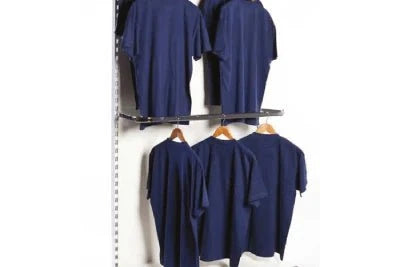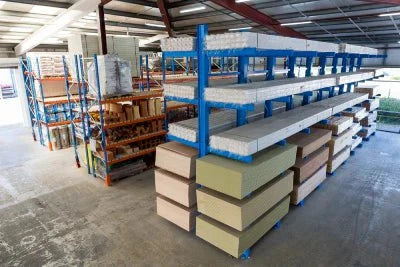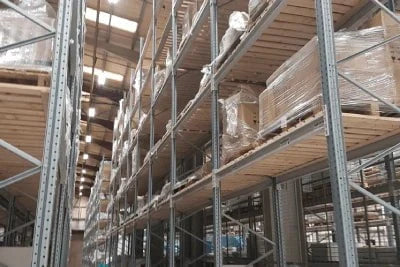
Caring for and Maintaining Your Steps
Our range of mobile safety steps has proved very popular with our customers, with comments on high-quality construction and robustness across the variants. Our steps are available online here
Keeping your steps in good condition is essential for both safety and longevity. With a little care and attention, you can prevent rust, damage, and general wear that could shorten the lifespan of your equipment.
Recently, there have been a few cases of corrosion caused by steps being used or stored in damp environments. These issues are easily avoided with regular checks and proper storage, so it’s worth taking a few minutes to make sure your equipment is being looked after correctly.

Safety First
The safety of you and those around you depends on the condition of your equipment. That’s why it’s so important to inspect your steps before every use. A quick check can help identify potential hazards before they become serious problems.
As well as daily checks, a full maintenance inspection should be carried out every six months. Staying proactive with your inspections not only keeps users safe but also helps extend the life of your product.
If you notice any problems during a daily check, the unit should be taken out of use immediately and a full inspection carried out before it’s used again.
What to Look Out For
It’s recommended that inspections are carried out by someone competent and familiar with the types of damage or wear that can occur. When checking your steps, be particularly mindful of the following:
-
Bent or twisted framework or bracings
-
Damage to the braking system
-
Damage to treads or the platform area
-
Paintwork missing or rust developing
-
Missing or damaged wheels and castors
-
Broken welds or bent treads
-
Excessive rusting
-
Broken wheels
-
Damage or missing platform exits
-
Missing or damaged labels, especially the Safety Notice label (which includes SWL limits)
If you come across any of these issues, remove the unit from operation immediately and quarantine it until repairs have been completed.
Care and Storage Tips
Here are a few simple ways to keep your steps in the best condition possible:
-
Pre-checks: Always carry out a quick visual check before each use.
-
Store indoors: While powder coating provides some protection, the steps aren’t designed for prolonged outdoor use. Store them in a dry area, away from damp or wet conditions.
-
Avoid high-traffic areas: Keep your steps out of the way of moving vehicles like forklifts to avoid accidental knocks or scrapes.
-
Repair damage quickly: If you notice paint damage or scrapes, clean and re-touch the area as soon as possible to stop rust forming.
-
Clean up spills: Oil, grease, or other spills should be cleaned up immediately to keep surfaces safe and slip-free.
-
Inspect regularly: Routine maintenance and inspection are key to spotting small issues early and preventing larger problems later.
Final Thoughts
Taking care of your steps doesn’t take long but can make a big difference in both safety and lifespan. A few minutes spent checking and maintaining them will help avoid damage, reduce risks, and ensure your equipment continues to perform as it should.








Leave a comment